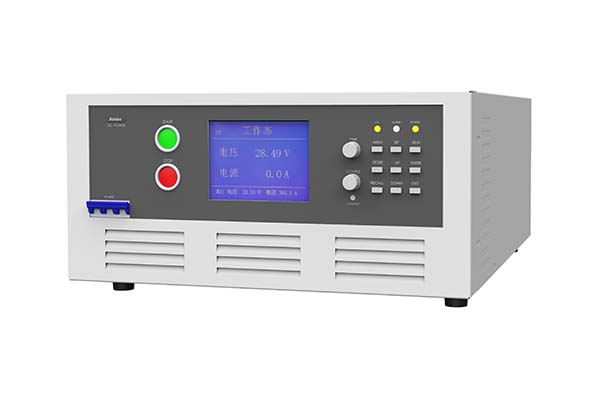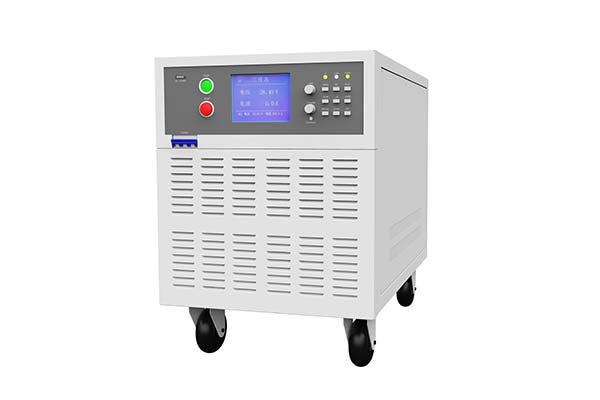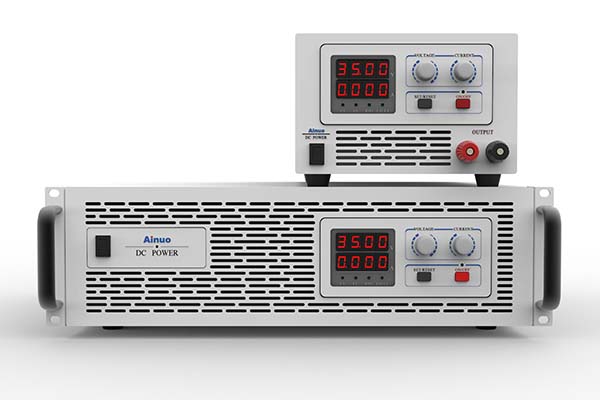You’ve spent hours designing your circuit, soldering components with a steady hand, and carefully assembling your project. You’re ready for the big moment—the power-on test. You reach for a power supply, plug it in, and… pop! A wisp of magic smoke rises from your board, and your heart sinks.
We’ve all been there (or fear being there). One of the most common, yet critical, mistakes happens not in the design itself, but in choosing the wrong DC power supply.
Whether you’re powering a simple Arduino project, a robust robotic arm, or a sensitive audio amplifier, selecting the right power supply is key to success and safety. This guide will walk you through the essential steps to make the perfect choice.

Step 1: Understand the Three Key Specifications
Every DC power supply is defined by three fundamental specs. You must match these to your project's needs.
1. Voltage (V)
Think of it as the electrical "pressure."
What to do: Check your project’s documentation or components for the required voltage. Common values are 35V, 60V, and 120V. For higher voltage, you may need to contact the manufacturer to customize one.
The Golden Rule: The supply voltage must match your project's required voltage. Providing too much voltage is a surefire way to damage components. Providing too little, and your project will simply not work or behave erratically.
Pro Tip: Some projects can accept a voltage range (e.g., 100-300V). In these cases, components like linear regulators will run hotter with a higher input voltage, so choose the lower end of the range for better efficiency.
2. Current (A)
Think of it as the electrical "flow" or "volume."
What to do: Calculate the total current all parts of your project will draw. Add up the requirements for your microcontroller, sensors, motors, LEDs, etc. Always look for a "max current" or "peak current" rating, especially for motors and servos.
The Golden Rule: The power supply's current rating must be greater than or equal to your project's maximum current draw.
Why it matters: Unlike voltage, your project will only draw as much current as it needs. So, a 100A supply is perfect for a project that draws 80A, but a 50A supply will fail (overheat, shut down, or be damaged) if your project tries to draw 60A. When in doubt, go higher.
3. Power (W)
Voltage and Current combined.
The Math: Power (Watts) = Voltage (Volts) x Current (Amps)
What to do: Calculate your project's max power consumption (e.g., 120V * 50A = 6000W). Your power supply's wattage rating should exceed this number.
Example: A 150V, 80A power supply is rated for 12kW. It can comfortably power our 10kW project.

Step 2: Choose Your Power Supply Type
Now that you know the specs, what form should it take?
1. Wall Adapters (Wall Warts)
Best for: Low-to-medium power projects, prototypes, and enclosed devices where convenience is key.
Pros: Compact, safe (enclosed), simple to use.
Cons: Fixed voltage and current output; can be bulky on a power strip.
2. Bench/Desktop Power Supplies
Best for: Development, testing, troubleshooting, and repair in a lab or workshop.
Pros: Adjustable voltage and current, built-in displays for monitoring, often have safety features like over-current protection (CC mode).
Cons: Not portable, typically more expensive.
3. USB Power Supplies
Best for: Small microcontroller projects (Arduino, Raspberry Pi), charging, and low-power devices.
Pros: Extremely common and standardized.
Cons: Limited to 5V (with some exceptions like USB-PD), current is typically capped at 2.4A or less for standard ports.
4. Battery Packs
Best for: Portable, mobile, or off-grid projects.
Pros: Completely portable.
Cons: Voltage drops as they discharge, require recharging or replacement.
Step 3: Don't Forget These Critical Factors
1. Polarity: Don't Get It Backwards!
This is a classic beginner mistake. The plug has a positive tip (+) and a negative sleeve (-). Your device has the same.
The Rule: The power supply's polarity MUST match your project's polarity.
Look for the symbol: A diagram showing the tip as positive or negative is almost always printed on the supply. Reversing polarity can instantly destroy your project.
2. Regulation & Ripple
Regulated Supply: Maintains a stable output voltage regardless of changes in the load current or input voltage. For any project with digital logic or sensitive analog circuits, a regulated supply is a must.
Unregulated Supply: The output voltage can sag or rise significantly with load. Cheaper, but only suitable for simple, non-critical applications like certain motor drivers.
3. Safety Certifications
Look for marks like UL (USA), CE (Europe), or CSA (Canada). These indicate that the product has been independently tested and meets safety standards. Don't risk your project—or your safety—on a no-name, uncertified supply from a questionable source.

Your Quick-Check Selection Checklist
Before you click "buy," run through this list:
✅ Voltage: Does the supply voltage match my project's requirement?
✅ Current: Is the supply's max current rating higher than my project's max draw?
✅ Connector: Does the plug physically fit my device's barrel jack? (Check size and polarity!)
✅ Regulation: Am I using a regulated power supply for my electronic project?
✅ Safety: Does the supply have a recognized safety certification?
Conclusion
Choosing the right DC power supply isn't the most glamorous part of a project, but it’s a foundation of reliability and success. By taking a few minutes to understand your project's voltage, current, and power needs, you can avoid the magic smoke and ensure your creation has a long and healthy life.





